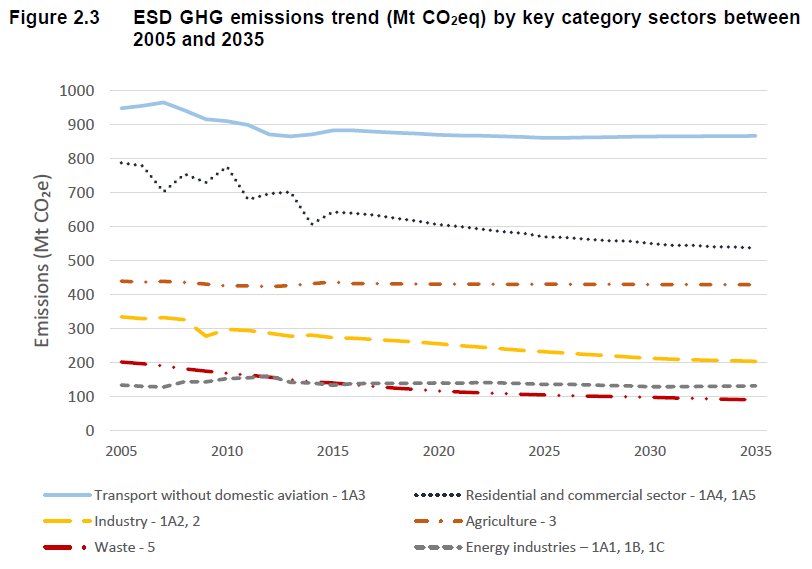
Die Umstellung des deutschen Mietmarkts von Kalt- auf Warmmieten kann den klimafreundlichen Umbau von Mietshäusern fördern und gleichzeitig Mieter vor teuren, ineffizienten Modernisierungen schützen.
agora-energiewende.de/presse/neuigke…
agora-energiewende.de/presse/neuigke…
Vorbild ist Schweden, wo seit dem Jahr 2000 eine Kombination aus steigenden CO₂-Preisen bei gleichzeitiger Einführung des Warmmieten-Prinzips gilt. Die Emissionen der dortigen Haushalte sind seither um 95 Prozent gesunken.
Die Vier Voraussetzungen für eine erfolgreiche Wärmewende sind 1) Warmmieten, 2) stetig steigende CO2-Preise auf Brennstoffe, 3) staatliche Förderung, sowie 4) verpflichtende Sanierungsfahrpläne.
• • •
Missing some Tweet in this thread? You can try to
force a refresh


















